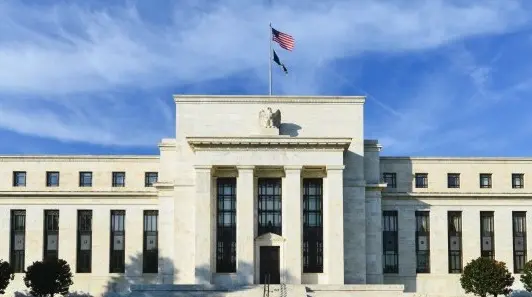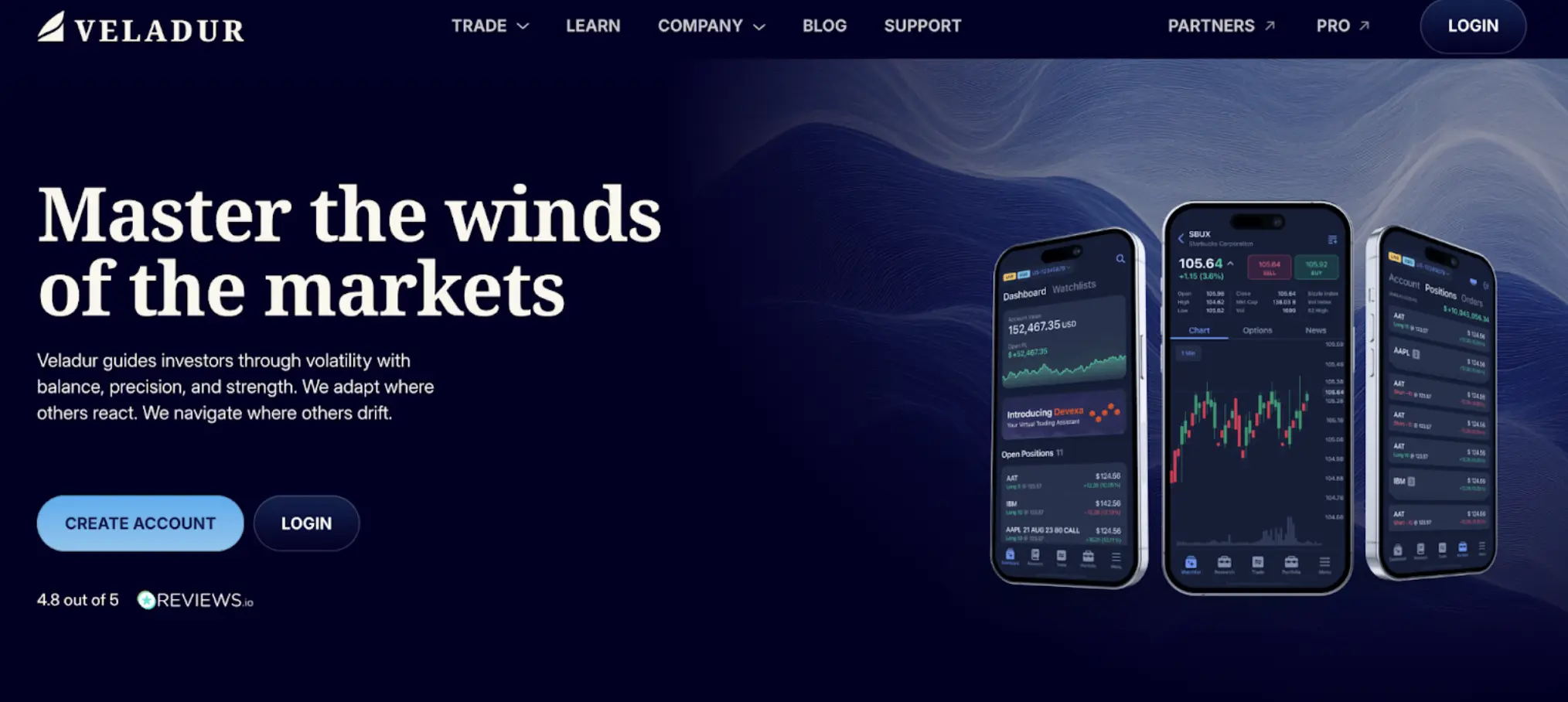By Ole S. Hansen 
 februar 10, 2023
februar 10, 2023
The commodity sector spent the first full week of February trying to recoup some of the losses that hit the market after a stronger than expected US job report hit risk sentiment as the dollar strengthened and US Treasury yields moved higher in anticipation of additional US rate hikes followed by a prolonged period before any cut would be contemplated. Into the mix, we saw industrial metals adopt a more cautious stance with expectations for a strong demand rebound from a reopening China being moderate and delayed.
Meanwhile, the energy sector, having recently gone through a long-liquidation phase from overeager hedge fund bulls, received a bid after Russia, faced with a sanctions related drop in demand for its crude oil and fuel products, decided to cut March production by 500,000 barrels per day. Overall, the Bloomberg Commodity Index hit a one-year low earlier in the week after the strong US job report drove profit taking across the board. Since then, the mentioned energy-led recovery has seen it show the first weekly rise in three.


Earlier in the week, Saxo released its short-term market outlook and, in the commodity section, we highlighted the reason we believe the sector will see another positive year, the third in a row. This was driven by increased demand from China – the world’s top consumer of raw materials. Other major economies and regions may avoid or end up witnessing only a mild recession. These drivers being supported by deglobalisation leading to on- and friend shoring of production, geopolitical driven supply issues, the green transformation underpinning demand for metals, central banks providing a soft floor under gold and the prospect for a weaker dollar and eventually lower yields also providing support.
Developments that have occurred since writing the outlook have been mixed without altering our forecasts. We were concerned about the early January jump in China-centric commodities, amid speculation about an imminent surge in demand as the country emerged from underneath the Covid cloud that had held back the economy for the past couple of years. It made us conclude that while we believed the rally we saw across the industrial metal space and crude oil were correct in terms of the direction, the timing was wrong by a few months. Not least considering it will take time before rising demand will have a meaningful impact on the supply which has been rising in China during the past few weeks in anticipation of rising demand.
Continued strength in US data has forced the Fed to turn up the hawkish rhetoric in order to steer the market away from expectations that a one or two-and-done rate hike(s) will be followed swiftly by rate cuts. This development has seen gold run into an overdue correction, taking it back below support-turned-resistance in the 1900 area with further weakness carrying the risk of an extension towards $1828, the 38.2% retracement of the run up from early November.

 Source: Saxo
Source: Saxo
On Friday, Russia announced a unilateral cut in its March crude oil output by 500,000 barrels a day, apparently without consulting with its OPEC+ partners first. Since the introduction of EU and G7 sanctions on crude oil from December and fuel products from early February, Russia has increasingly been forced to cut its selling price as its client base continued to dwindle. While talking about retaliatory measures the move has probably more to do with the lack of demand forcing the reduction in order to reduce the discount Russia is currently forced to sell its crude and fuel products at.
While jumping 3% on the news, Brent crude oil continues to trade within a range that has prevailed since November. However, the output reduction, which is the equivalent of about 5% of Russia’s January output, will support and potentially speed up a move towards higher crude oil prices – a development that was not expected until later in the year when a pick-up in Chinese demand became more apparent. If that ends up being the result, the focus will return to OPEC and its resolve to maintain stable prices by potentially adding barrels to offset the loss of Russian barrels at a time where global demand look set to remain robust.
Brent crude, rangebound since November traded above its 21-day moving average on Friday, still below the trendline from the 2022 high and recent resistance in the 89 to 90 area. In our outlook, we look for Brent to spend the first quarter trading in the 80’s before moving into the 90’s as demand picks up. The Russian decision may speed up the timing of a break. However, in the short-term, US data – especially next week’s CPI print – may hold an equally large sway over the market given its potential impact on risk appetite and the dollar.

 Source: Saxo
Source: Saxo
|
|
Ole. Hansen Head of Commodity Strategy |
Check out insights from Ole S. Hansen and the whole SaxoStrats team on analysis.saxo |
Disclaimer
Please be advised that none of the information contained herein constitutes an offer (or solicitation of an offer) to buy or sell any currency, product, or financial instrument, to make any investment, or to participate in any particular trading strategy. This material is produced for marketing and/or informational purposes only and Saxo Bank A/S and its owners, subsidiaries and affiliates whether acting directly or through branch offices (“Saxo Bank”) make no representation or warranty, and assume no liability, for the accuracy or completeness of the information provided herein. In providing this material Saxo Bank has not taken into account any particular recipient’s investment objectives, special investment goals, financial situation, and specific needs and demands and nothing herein is intended as a recommendation for any recipient to invest or divest in a particular manner and Saxo Bank assumes no liability for any recipient sustaining a loss from trading in accordance with a perceived recommendation. All investments entail a risk and may result in both profits and losses. In particular investments in leveraged products, such as but not limited to foreign exchange, derivatives and commodities can be very speculative and profits and losses may fluctuate both violently and rapidly. Speculative trading is not suitable for all investors and all recipients should carefully consider their financial situation and consult financial advisor(s) in order to understand the risks involved and ensure the suitability of their situation prior to making any investment, divestment or entering into any transaction. Any mentioning herein, if any, of any risk may not be, and should not be considered to be, neither a comprehensive disclosure of risks nor a comprehensive description of such risks. Any expression of opinion may be personal to the author and may not reflect the opinion of Saxo Bank and all expressions of opinion are subject to change without notice (neither prior nor subsequent).
This disclaimer is subject to Saxo Bank's Full Disclaimer available at: www.home.saxo/legal/disclaimer/saxo-disclaimer

















































































